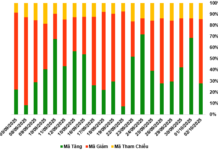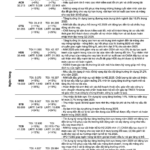According to a recent government report, the Ministry of Construction has announced plans to implement toll collection on the North-South Expressway starting January 1, 2026. This move aligns with the National Assembly’s resolution and the Law on Road Traffic.
Toll Rates and Segments
The Ministry of Construction has approved the asset exploitation plan for road traffic infrastructure at various component projects along the North-South Expressway.
The segments subject to toll collection include: Mai Sơn – National Highway 45, National Highway 45 – Nghi Sơn, Nghi Sơn – Diễn Châu, Vĩnh Hảo – Phan Thiết, Phan Thiết – Dầu Giây, Bãi Vọt – Hàm Nghi, Hàm Nghi – Vũng Áng, Vũng Áng – Bùng, Bùng – Vạn Ninh, Vạn Ninh – Cam Lộ, Hòa Liên – Túy Loan, Quảng Ngãi – Hoài Nhơn, Hoài Nhơn – Quy Nhơn, Quy Nhơn – Chí Thạnh, Chí Thạnh – Vân Phong, Vân Phong – Nha Trang, Cần Thơ – Hậu Giang, and Hậu Giang – Cà Mau.
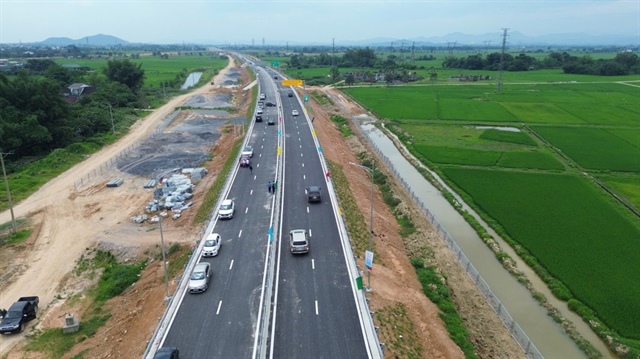 |
Out of the 18 projects, only four segments – Quảng Ngãi – Hoài Nhơn, Chí Thạnh – Vân Phong, Cần Thơ – Hậu Giang, and Hậu Giang – Cà Mau – are still under construction, with completion expected by the end of this year. The remaining segments are already operational.
The Ministry of Construction has set the toll rate at 1,300 VND/PCU/km (PCU being the equivalent unit for passenger cars) for the Hòa Liên – Túy Loan and Phan Thiết – Dầu Giây segments. The remaining segments will be charged at 900 VND/PCU/km. The fee is calculated based on the actual distance traveled by the vehicle.
In conjunction with toll collection, the Ministry of Construction is initiating the expansion process for the entire Hà Nội – Hồ Chí Minh City expressway, spanning approximately 1,144 km, comprising 18 segments. This includes three BOT segments currently in operation and 15 publicly funded segments. The Mỹ Thuận – Cần Thơ – Cà Mau segment is not being considered for expansion due to low transportation demand, challenging construction conditions, and material shortages.
Post-expansion, the Ministry of Construction plans to integrate toll collection between BOT segments and expanded segments, assigning management and maintenance responsibilities to investors to ensure uniformity and optimize operational costs.
Reasons for Delayed Toll Implementation
The commencement of toll collection on the North-South Expressway is governed by Government Decree 130/2024 on the collection of fees for the use of expressways.
The decree stipulates that toll collection can only begin once the following conditions are met: the road is designed and constructed according to expressway standards; it has been completed, handed over, and put into operation; and an asset exploitation plan has been approved in accordance with the law on public asset management and use.
For expressways that received investment approval before the Road Traffic Law took effect on January 1, 2025, but do not yet meet requirements for frontage roads, traffic control centers, rest stops, electronic non-stop toll collection systems, or vehicle weight control facilities, toll collection will only commence after these components are completed.
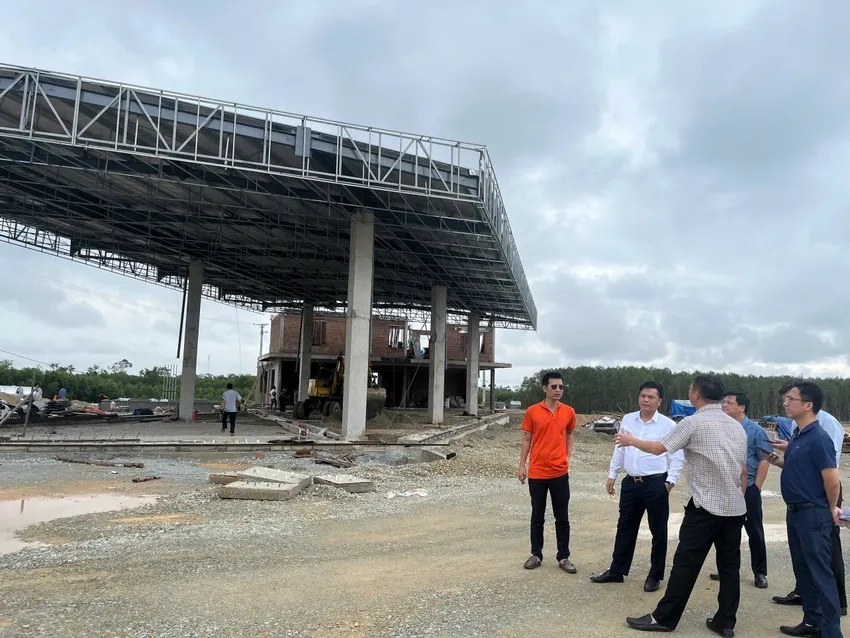
Mr. Ngô Lâm (in white shirt), Deputy Director of the Road Administration, instructs investors to expedite the construction of rest stops along the North-South Expressway. Photo: N.HỒNG
|
Many component projects have already met design and construction requirements and have had their toll collection plans approved. However, essential components such as rest stops, toll systems, and control centers remain incomplete. This has led to the postponement of toll collection to 2026, instead of the initially planned 2025.
The Road Administration reports that progress on some toll stations is delayed, primarily due to land clearance issues. Several localities have not handed over the land as required.
The Prime Minister has directed the provinces of Quảng Trị, Quảng Ngãi, Khánh Hòa, Ninh Thuận, Bình Thuận, Đồng Nai, and Kiên Giang to urgently hand over the land by June 2025. However, six provinces have yet to complete this process: Nghệ An (1 station), Quảng Trị (2 stations), Quảng Ngãi (1 station), Khánh Hòa (2 stations, including one in former Ninh Thuận), Lâm Đồng (1 station in former Bình Thuận), and Đồng Nai (1 station).
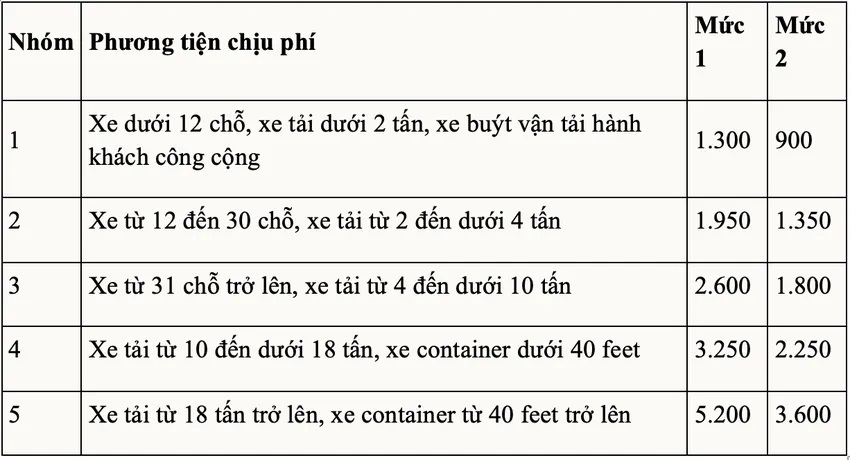
Government Decree 130/2024 establishes two toll rates: Level 1 for projects with four fully completed lanes, and Level 2 for segments not yet meeting expressway standards.
|
In addition to local issues, some investors have been slow to implement their projects. Several stations, despite having contracts signed since August 2024 and land handed over, have seen little progress. Stations with contracts signed between March and April 2025 are still in the preliminary investment stages and have not accelerated construction.
Some investors have not actively coordinated in land clearance efforts and have even delayed fulfilling their financial obligations.
In response, leaders from the Road Administration have made multiple site visits, urging investors to mobilize resources, equipment, and labor to accelerate construction and complete essential public facilities by December 31, enabling the start of toll collection.
|
Vehicles Exempt from Toll Fees Government Decree 130/2024 identifies 10 categories of vehicles exempt from expressway tolls. These include: ambulances, fire trucks, military vehicles, police vehicles, funeral vehicles, convoys escorted by traffic police, military vehicles involved in drills or marches, police and military vehicles using national road passes, vehicles for dyke protection and flood control, and vehicles transporting medicine and equipment to disaster or epidemic areas. According to the Decree, expressway usage fees are determined based on the actual distance traveled (km) and the corresponding rate for each vehicle type (VND/km). |
VIẾT LONG
– 10:25 02/10/2025
State-Established Online Real Estate Valuation and Trading Center to Pilot Soon
The Ministry of Construction has proposed a two-year pilot implementation period, set to take place from 2026 to 2027.

